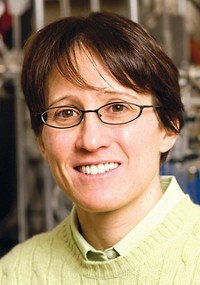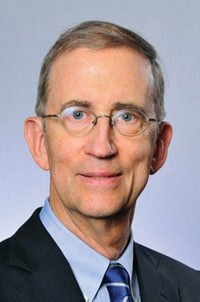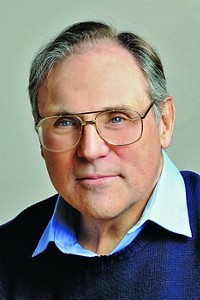Advertisement
Grab your lab coat. Let's get started
Welcome!
Welcome!
Create an account below to get 6 C&EN articles per month, receive newsletters and more - all free.
It seems this is your first time logging in online. Please enter the following information to continue.
As an ACS member you automatically get access to this site. All we need is few more details to create your reading experience.
Not you? Sign in with a different account.
Not you? Sign in with a different account.
ERROR 1
ERROR 1
ERROR 2
ERROR 2
ERROR 2
ERROR 2
ERROR 2
Password and Confirm password must match.
If you have an ACS member number, please enter it here so we can link this account to your membership. (optional)
ERROR 2
ACS values your privacy. By submitting your information, you are gaining access to C&EN and subscribing to our weekly newsletter. We use the information you provide to make your reading experience better, and we will never sell your data to third party members.
Synthesis
Arthur C. Cope Award: Matthew S. Sigman
Recipients are honored for contributions of major significance to chemistry
by Jyllian Kemsley
February 22, 2010
| A version of this story appeared in
Volume 88, Issue 8
Matthew S. Sigman, a chemistry professor at the University of Utah, was nominated for developing “a superb collection of catalysts for aerobic oxidations of organic molecules,” as well as for his efforts “to discern complex mechanistic relationships that are critical for rationally designing new catalysts.”
About his interest in reaction mechanisms, Sigman says simply, “I just really want to know how things work.”
Much of his research focuses on using palladium as a catalyst. In particular, he is known for developing a system to enantioselectively oxidize alcohols using a Pd(II) complex with (–)-sparteine as a ligand. Mechanistic studies showed that the (–)-sparteine serves a dual role in the catalytic system: both as a ligand on Pd and as an exogenous chiral base.
Understanding the role of the ligand led Sigman to develop additional Pd-based catalytic systems with other ligands for general aerobic alcohol oxidation. He has also worked on Pd-catalyzed olefin functionalization reactions.
Away from palladium, Sigman has also explored the use of chiral modular oxazolines for asymmetric catalytic reactions in which substrates are activated by hydrogen bonding. Exploring the mechanism of the reactions and the effect of catalyst acidity, he determined that the pK a of the catalysts was correlated to the enantiomeric ratio of the reactions through a free energy relationship.
“While most researchers would be satisfied to publish yields and enantioselectivities from these reactions, Sigman has contributed much more to the general understanding of this type of catalysis,” a colleague says. “Sigman’s strong desire to add long-lasting pedagogical value to his work is both differential and deserving of esteem.”
Recent work on Pd-catalyzed cross-coupling of styrenes and organostannanes has produced compounds with activity against breast cancer, so Sigman is now taking six months to work with Bryan Welm, a professor of oncological sciences at the University of Utah School of Medicine, on cancer cell biology. “I’ll be learning how to take a small molecule and see what it’s doing in an organism and in cells,” Sigman says. “I’m excited—I haven’t been in the lab too much in the last few years.”
Sigman, 39, received a B.S. from Sonoma State University, in California, in 1992 and a Ph.D. in 1996 from Washington State University, where he worked with chemistry professor Bruce E. Eaton on iron-catalyzed cycloaddition reactions. He then did postdoctoral work at Harvard University, where he focused on developing catalysts for the Strecker reaction in the lab of chemistry professor Eric N. Jacobsen. Sigman joined the faculty at Utah in 1999.






Join the conversation
Contact the reporter
Submit a Letter to the Editor for publication
Engage with us on Twitter